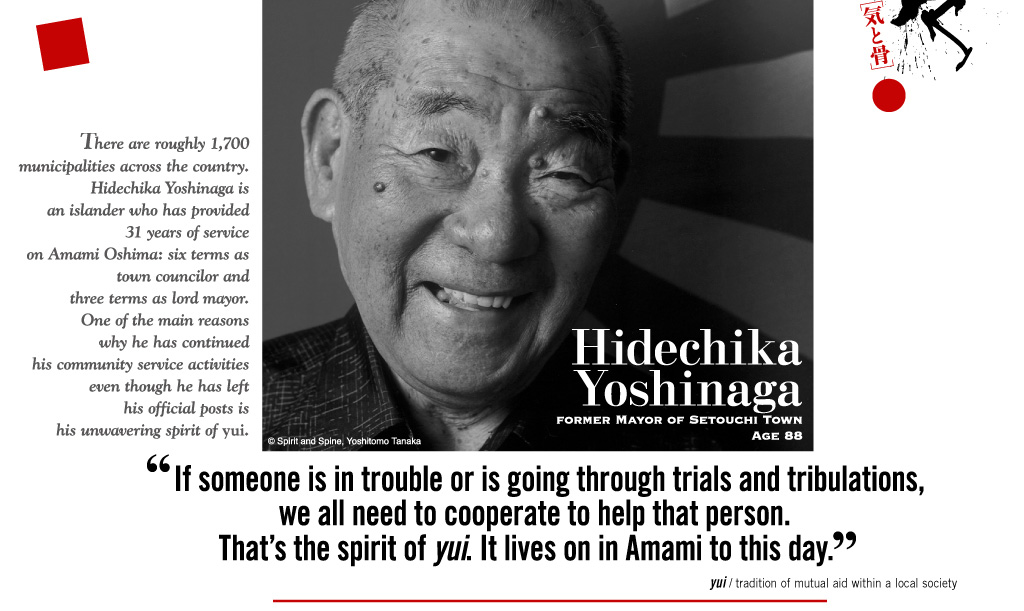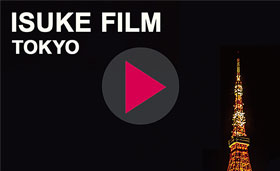Setouchi Town has idyllic landscapes, where fish preserves are placed side by side in a tranquil bay with sea turtles swimming about. At the same time, food is thrown into the water and large Pacific bluefin tuna move energetically to the ocean surface. The area is a marine farm where fish continue to spawn, hatch, and grow. As town mayor, Yoshinaga, through joint efforts with Kinki University, worked very hard to establish an aquaculture research institute in an aim to prevent a drop in the number of jobs. Yoshinaga patiently negotiated with each of the involved parties, who were scattered all across the country and had complicated authoritative connections. A major corporation was also established, and has grown as a valuable local industry. Setouchi Town serves as an important base that sustains the domestic demand for Pacific bluefin tuna now that the deep-sea fishing industry in Japan is in jeopardy due to regulations for protecting the species.
Yoshinaga has developed plans for the future that ensure the safety of town residents as well as consider the wishes of the town residents, and has presented the plans to the Kagoshima Prefectural Government, the Japanese government, and major companies. He has worked tirelessly at the forefront of government. Yoshinaga eventually managed to return home from Manchuria following World War II. However, his hometown had been devastated by air raids. Not only that, his town was no longer Japanese territory. His efforts in the reversion movement, which he was active in along with his peers, finally came to fruition in 1953. Yoshinaga, who has been active in passing on traditions such as the island’s songs and dialect, is also well known as an utasha – someone who sings the traditional songs of the island. He is still actively engaged in community service activities and has continued his efforts to preserve the culture and traditions of his home country. Such activities are rooted in his love for his homeland.







































































































